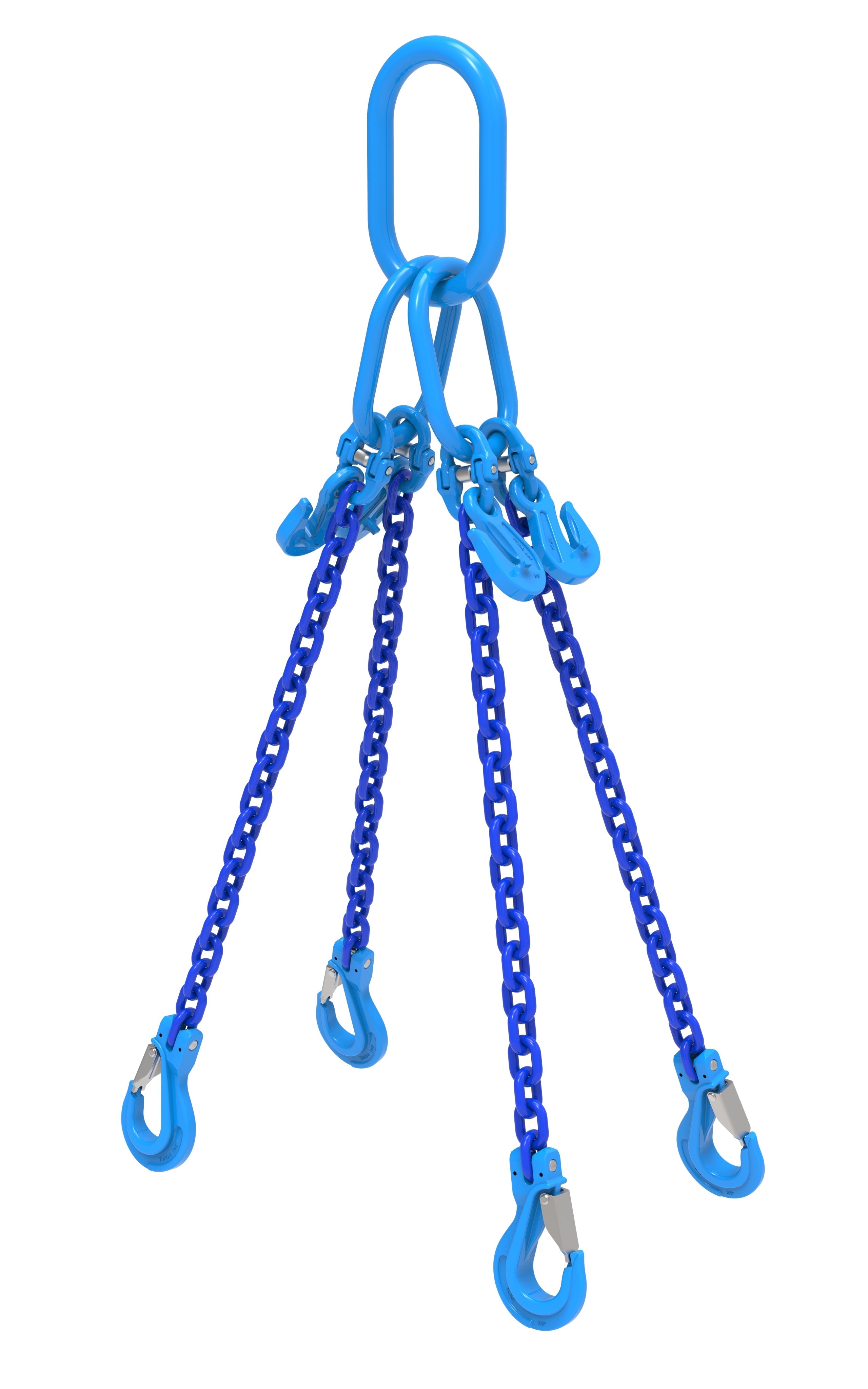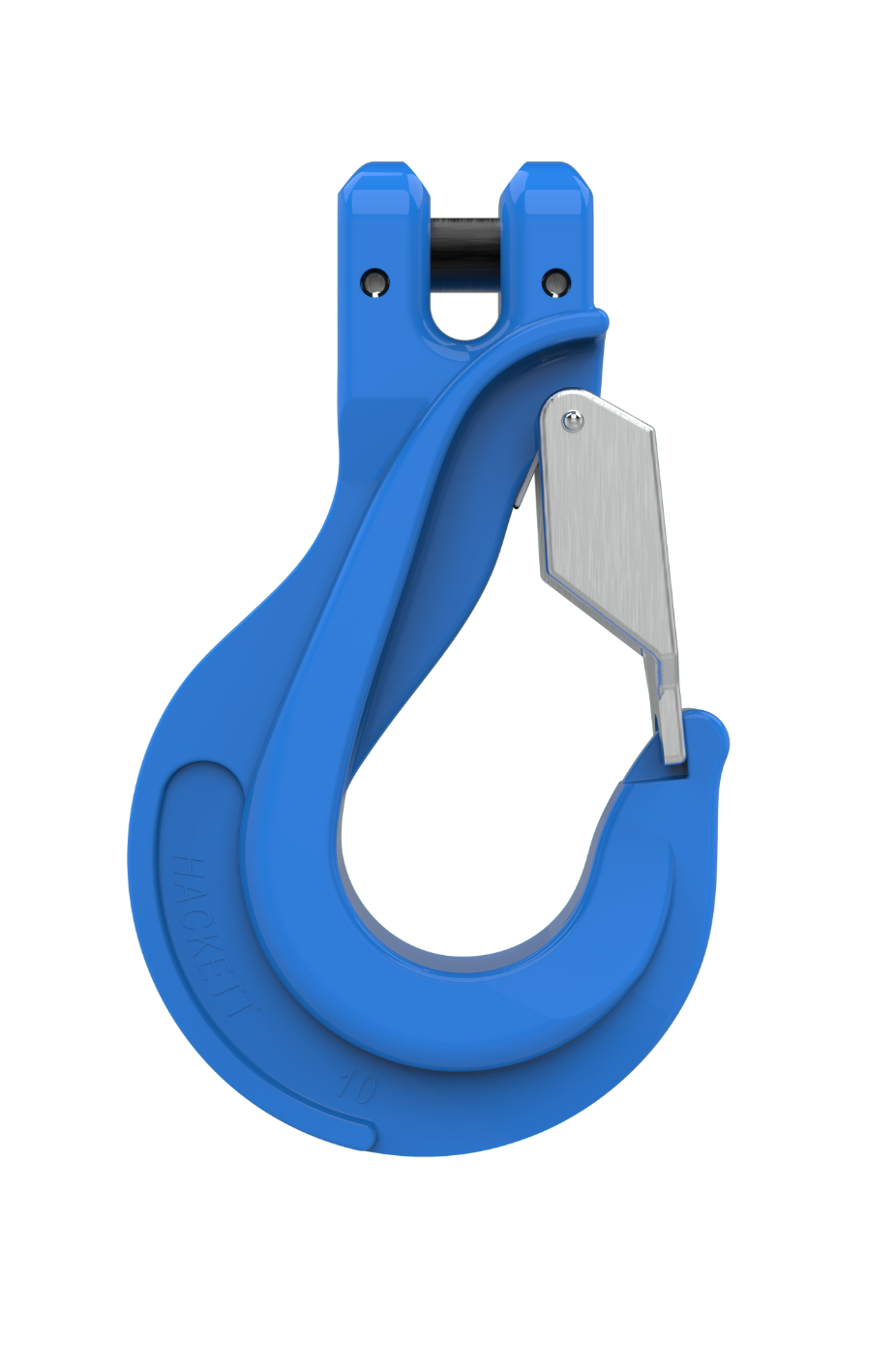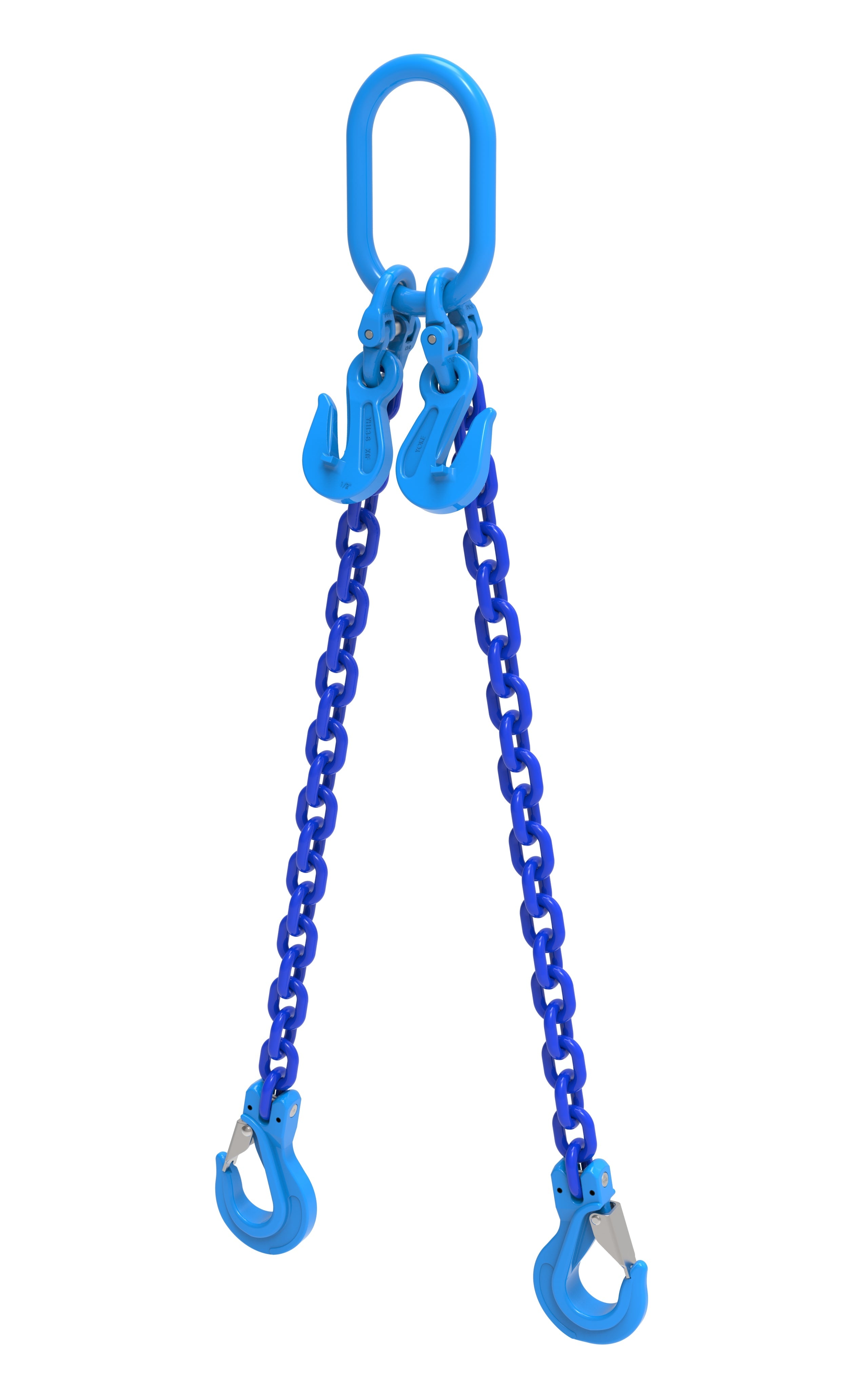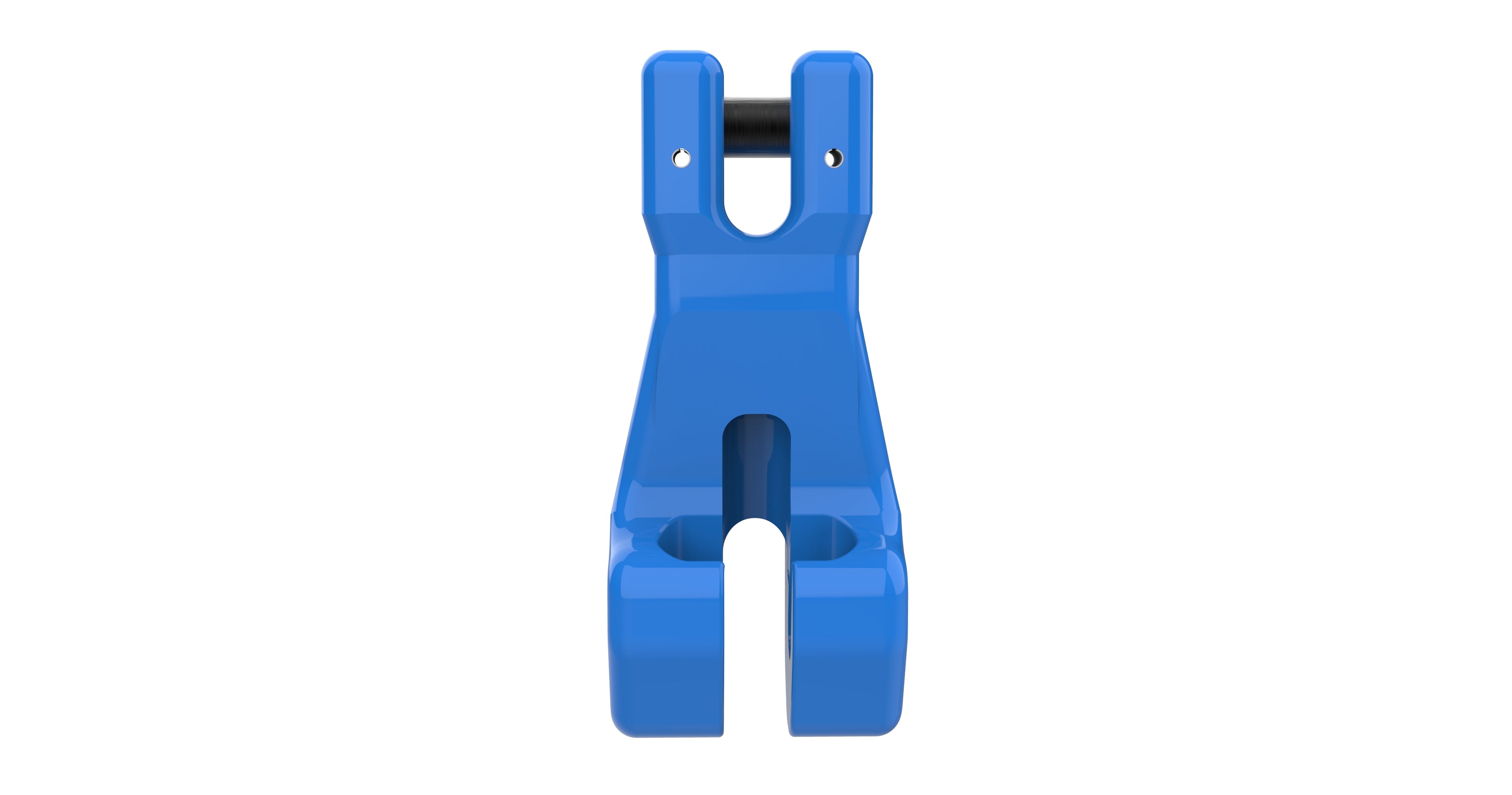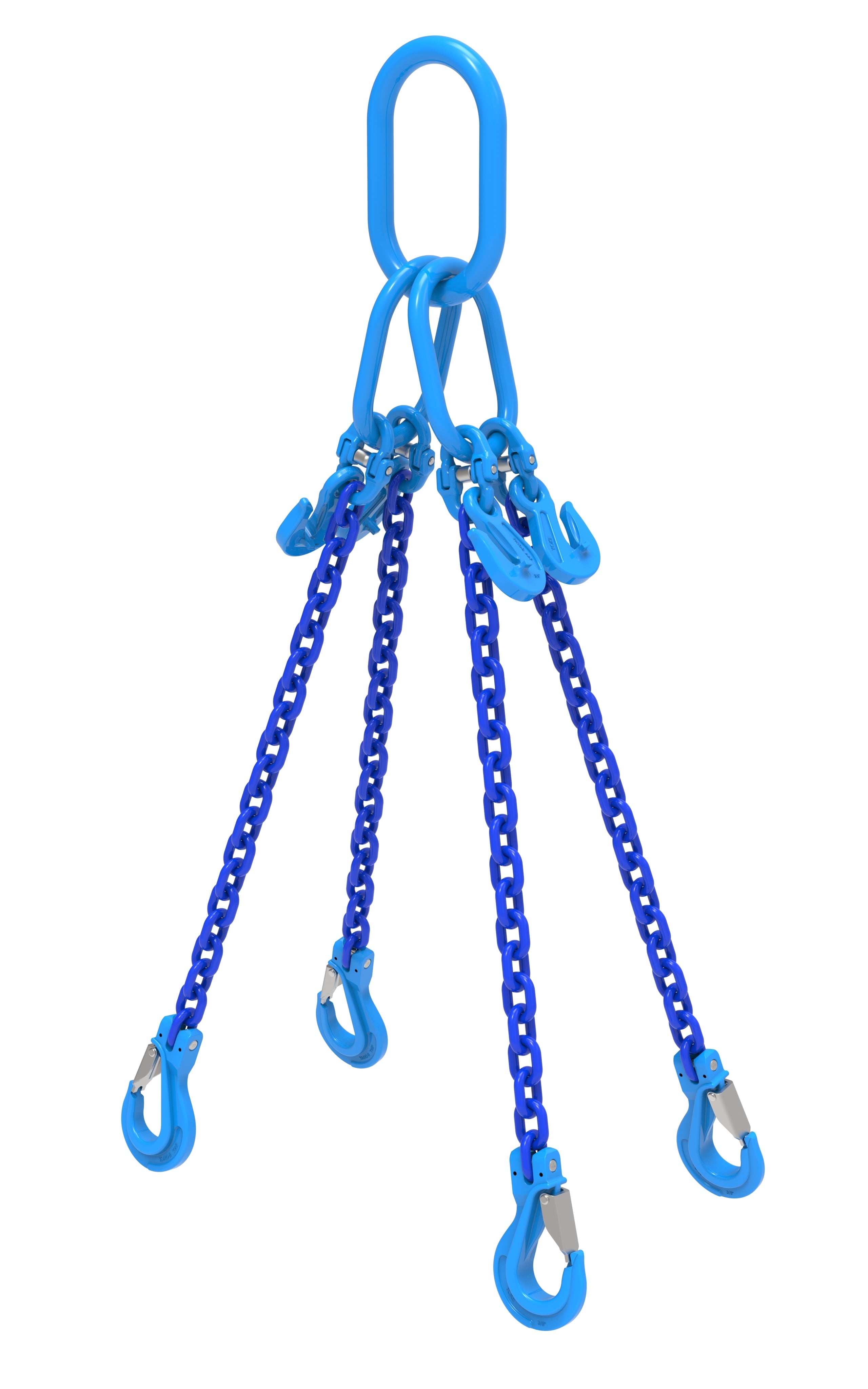Welcome to SlingSmarter, your trusted partner for lifting and rigging solutions. If you're navigating the world of machine lifting, this blog post is your go-to guide on using chain slings for efficient and secure operations. Whether you're in construction, manufacturing, or any industry involving heavy machinery, mastering the art of lifting machines with chains is essential. Let's delve into the key steps and considerations to ensure a successful lift.
Choosing the Right Chain Slings For Machine Lifting:
Selecting the appropriate sling is the first crucial step in lifting machines safely and effectively. Consider the following factors:
1. Chain Type and Grade:
- Opt for chain slings with the right grade for your lifting application, such as Grade 80 or Grade 100 chains.
- Different types of hoist slings, including single, double, and triple or quad leg configurations, offer versatility for various loads.
2. Working Load Limit (WLL):
- Determine the weight of the machine to be lifted and choose hoisting chains with a WLL that exceeds this weight.
- Ensure the WLL is clearly marked on the sling for easy identification.
Advice for Lifting Machines With Chains:
Proper rigging is essential for a safe and efficient lift when it comes hoisting machines and heavy loads. Be sure to consider all of the factors and take in to account these guidelines:
1. Inspect Lifting Points:
- Examine the machine to identify suitable lifting points. These should be structurally sound and capable of bearing the load.
- Avoid lifting from weak or fragile points that could compromise the integrity of the machine.
2. Use Spreader Bars or Lifting Beams:
- Employ spreader bars or lifting beams to distribute the load evenly across multiple points.
- This prevents stress concentrations and ensures a balanced lift.
Be sure to always create a suitably compliant lifting plan, the information contained in this post is friendly 'soft guidance' and should not be considered a formal operation plan.
Safety Considerations:
Prioritize safety measures to mitigate risks during the lifting process:
1. Regular Inspections:
- Conduct regular inspections of chain slings for signs of wear, corrosion, or damage.
- Replace any damaged components promptly to maintain safety.
2. Training and Certification:
- Ensure personnel involved in the lifting operation are properly trained and certified.
- Training should cover proper rigging techniques, safety protocols, and the correct use of lifting chains and guidance on slinging loads.
3. Lift Planning:
-One should always consult with a specialist lift planner or engineer a suitably compliant plan before lifting, talk to a professional if you don't have the credentials. Lifting heavy loads is dangerous and should only be carried out by rigging professionals.
Conclusion:
Lifting machines with chain slings requires careful planning, attention to detail, and the use of high-quality equipment. At SlingSmarter, we offer a range of hoist chains designed for reliable and efficient lifting operations. Explore our products today to elevate your machine lifting experience with confidence. Trust SlingSmarter for all your lifting and rigging needs!

